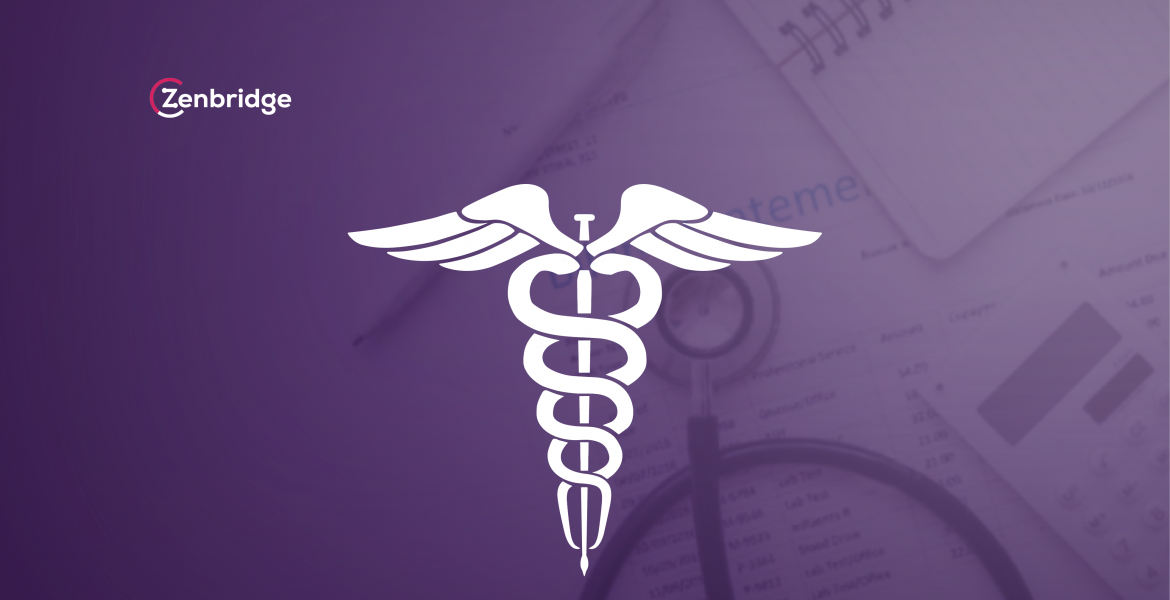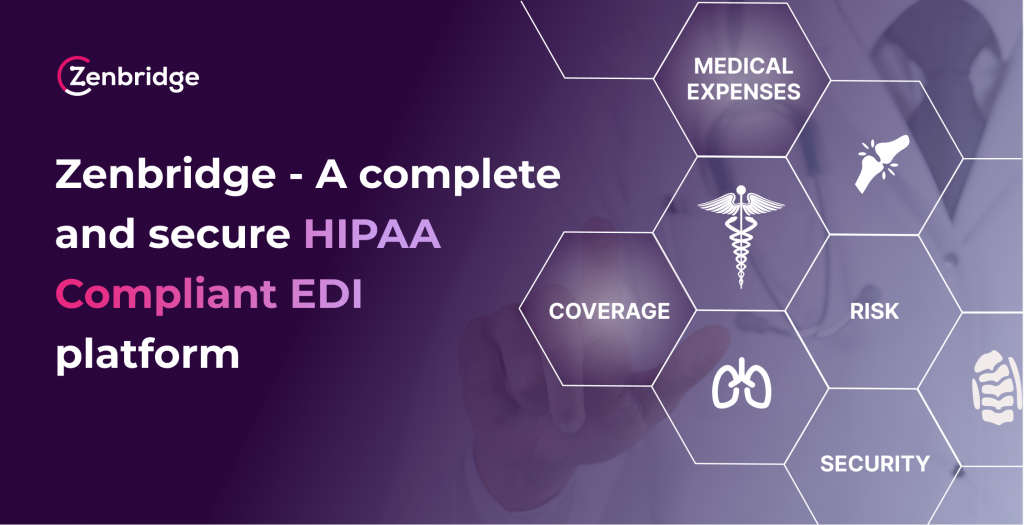
INTRODUCTION TO HIPAA EDI
On November 15, 2024 by ShellyThe healthcare industry has become increasingly virtual, aided by digital technologies like artificial intelligence, telehealth, and personal electronic devices.
Fitness trackers, wearable devices, and smartphones, to name a few, can extensively collect enormous amounts of personal and health data. Unfortunately, many of these digital health and wellness data are not adequately protected and are vulnerable to fraudulent activities and identity theft. To encounter such fraudulence and security issues, compliance with Electronic Data Interchange (EDI) and HIPPA regulations is integral to the healthcare industry.
What is HIPAA
The Health Insurance Portability and Accountability Act (HIPAA) safeguards patient privacy and healthcare data. It grants individuals the right to obtain and inspect a copy of their healthcare data and request corrections to inaccuracies. HIPPA ensures that patients are informed about how their healthcare data will be used and disclosed and have visibility into who has accessed their healthcare data.
HIPAA EDI
Electronic Data Interchange, or EDI, is a standardized method for exchanging business documents between companies.
HIPAA EDI enables healthcare organizations to exchange data between healthcare providers using the EDI communication method. It allows them to send, receive, and store data electronically for billing, claims processing, and other administrative functions.
Why EDI compliance is crucial
EDI HIPAA compliance is crucial for organizations such as hospitals, healthcare practitioners, health insurance carriers, and care payment clearing houses that handle protected health information (PHI) and personally identifiable information (PII). HIPAA compliance in EDI healthcare transactions helps to protect an organization’s / individual’s sensitive data, improve operational efficiency, and enhance patient confidentiality.

HIPAA EDI DOCUMENT STANDARDS
When a medical document is converted to a HIPAA EDI transaction set, it is assigned a standard code and name. The most commonly used EDI HIPAA transaction sets in medical practices are:
- X12 837 Healthcare Medical Claims
- EDI 837: Used by a healthcare provider to submit an insurance payer healthcare medical claim and billing information.
- X12 270 and 271 Healthcare Eligibility, Coverage and Benefits Inquiry (270) and Response (271)
- EDI 270: Used to request information from a health insurance provider about covered patient services.
- EDI 271: Response to a request (EDI 270); it provides information about healthcare policy coverages.
- X12 276 and 277 Healthcare Claim Status Request (276) and Response (277)
- EDI 276: To check the status of a claim submitted to a payer (insurance company or government organization).
- EDI 277: This EDI document contains response data about payments.
- X12 278 Health Care Services Review Information
- EDI 278: Used by a healthcare provider to request authorization from a payer (insurance company in most cases) to provide healthcare service to a given patient.
- X12 835 Health Care Claim Payment/Advice
- EDI 835: Used to make payments to healthcare providers or explanations on benefits.
- X12 275 Patient Information
- EDI 275: Contains patient Information such as demographic, clinical, and other supporting data.
Conclusion
As technology improved and costs came down, policies and data standards were created to encourage healthcare organizations to adopt new technologies not just for medical equipment but also for everyday record keeping.
Zenbridge is a leading expert in Electronic Data Interchange and have years of extensive experience in EDI integration including HIPAA compliance across the world. We uphold the highest standard for data security and privacy, offering round the clock support at the lowest integration and transaction cost, making integration easier, faster and economical.
Confidently embark on your HIPAA EDI journey with Zenbridge and securely transfer your data today.
Schedule a demo with us and consult with our EDI expert now.

Leave a Reply